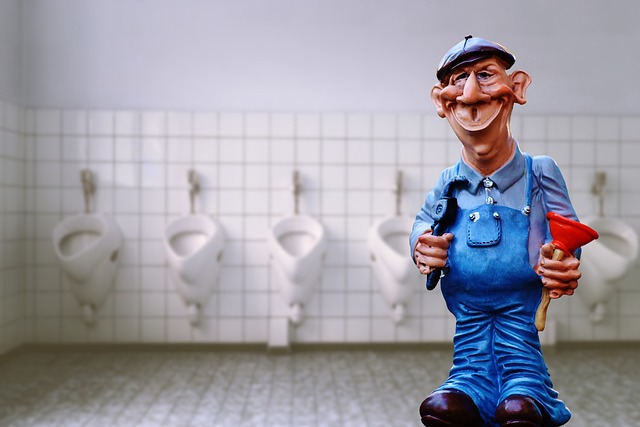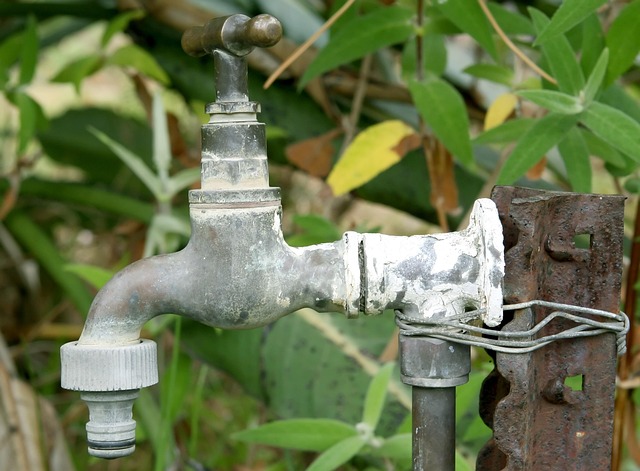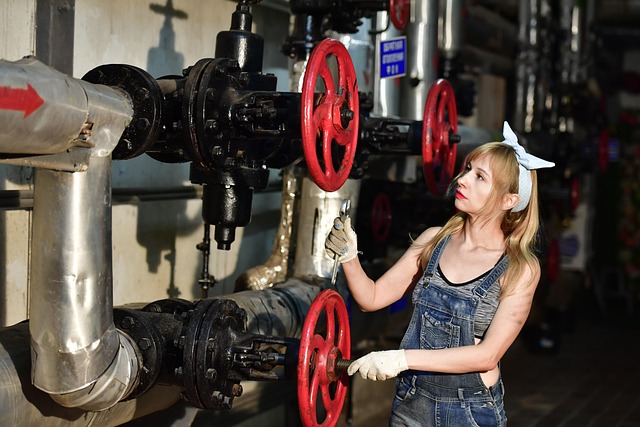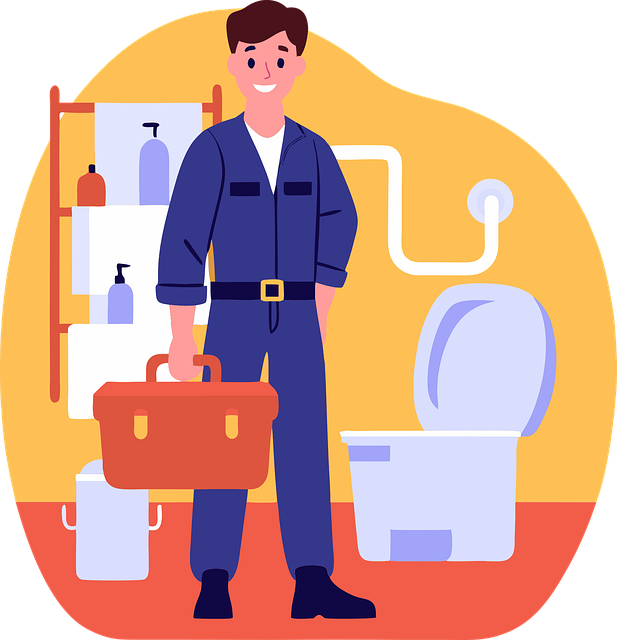Homeowners often overlook common plumbing issues like dripping faucets, slow drains, and clogs as minor problems. However, quick action on these signs prevents significant damage, conserves water, and maintains a comfortable living environment. Regular maintenance, addressing leaks from worn parts or loose connections, and clearing clogs caused by hair, products, and mineral buildup, ensures optimal plumbing performance.
“Unravel common plumbing problems that plague homes, from dripping faucets to blocked drains. This comprehensive guide navigates everyday issues, offering insights on DIY repairs, professional intervention, and preventative measures. Learn about various causes, from simple adjustments to complex leaks, and discover cost-effective solutions for maintenance. By understanding these common plumbing issues, you’ll be equipped to handle minor problems yourself or know when to call a pro, ensuring a smoother, more efficient home environment.”
Identifying Common Plumbing Issues

Many homeowners often overlook common plumbing issues, considering them minor inconveniences. However, addressing these problems promptly can prevent more severe and costly damage to your pipes and fixtures. Identifying drippy faucets or slow-draining sinks might seem simple enough, but these could be signs of leaks or blockages. Leaks can occur due to worn-out washer mechanisms in faucets or loose connections behind walls. Over time, mineral buildup and grease from household products can cause clogs in drains, resulting in sluggish water flow or even total blockages.
Regular maintenance and quick action when these issues arise are key to preventing larger plumbing disasters. Keeping an eye on potential problems ensures a more comfortable living environment and saves you from unexpected emergency repairs.
– Understanding dripping faucets: causes and repair solutions

Dripping faucets are one of the most common plumbing issues homeowners face. The constant trickle may seem insignificant, but it can waste a significant amount of water over time. Understanding the causes is the first step towards fixing this problem. Often, dripping faucets result from worn-out or damaged washer and valve seats inside the faucet. Over time, these components erode, allowing water to leak through. Other potential culprits include loose connections, faulty aerators, or even temperature changes affecting the pipes.
Fortunately, repairing a dripping faucet is typically a straightforward process. For minor leaks, replacing the washer and valve seat can be as simple as turning off the water supply, disassembling the faucet, and swapping out the worn-out parts. If the problem persists, it might be due to broader issues like corroded pipes or faulty valves, requiring the expertise of a professional plumber. Addressing dripping faucets not only conserves water but also prevents more severe plumbing problems down the line.
– The various types of clogged drains and how to address them

Clogged drains are a common plumbing issue that can range from minor inconveniences to more serious problems. Understanding the types of clogs and how to address them is essential for every homeowner. One of the most frequent culprits is hair and personal care products, which can form hard-to-dislodge residue in sinks and showers. To fix this, try using a drain snake or plunger to break up the buildup. For more stubborn clogs, chemical drain cleaners can be effective, but they should be used with caution due to their corrosive nature.
Another common plumbing issue is low water pressure, which can result from mineral buildup in pipes or aerator issues. Regularly cleaning your aerators and checking for signs of sediment can help maintain consistent water pressure. If the problem persists, it might be time to call a professional plumber to inspect for more complex issues like pipe damage or leaks that could be affecting water flow throughout your home.
Whether it’s a persistent dripping faucet or a blocked drain, understanding these common plumbing issues is the first step towards effective solutions. By familiarizing ourselves with the causes and remedies, we can efficiently address these everyday problems, saving time, money, and potentially preventing more severe damage to our plumbing systems. Armed with this knowledge, we’re better equipped to maintain and care for our homes’ vital water flow.
